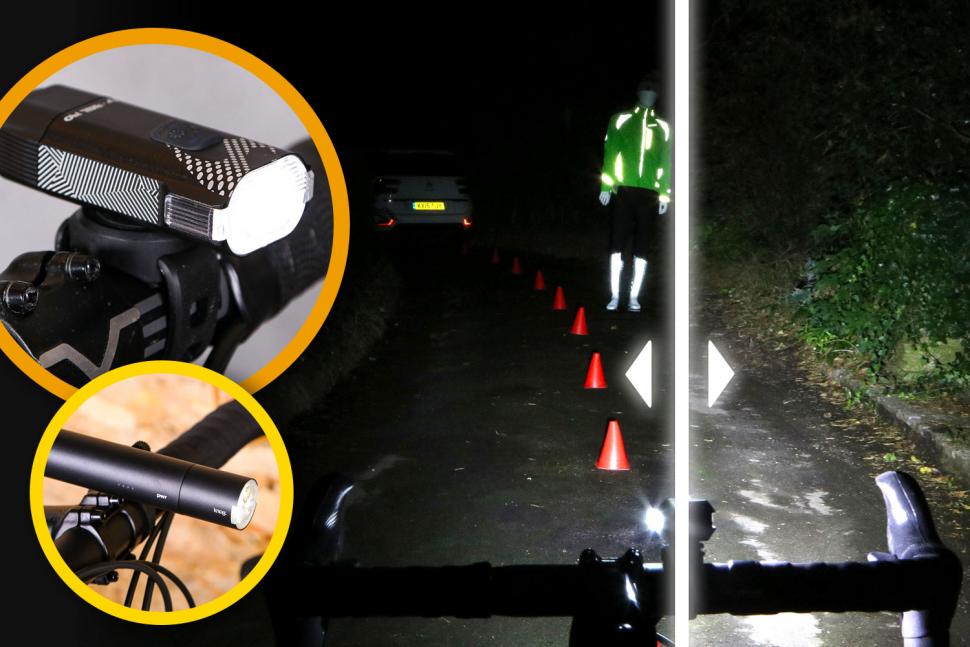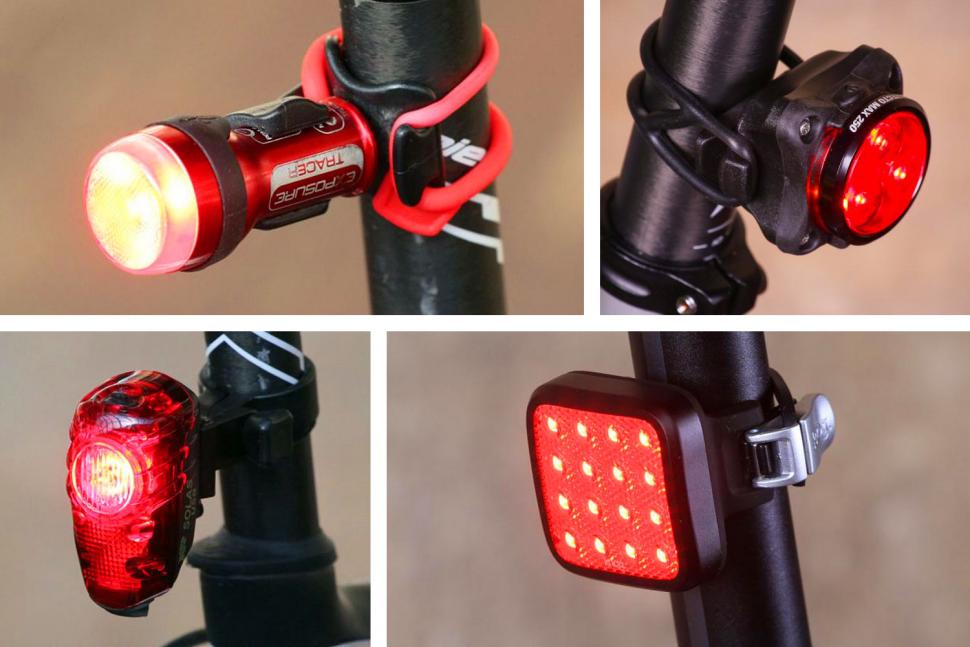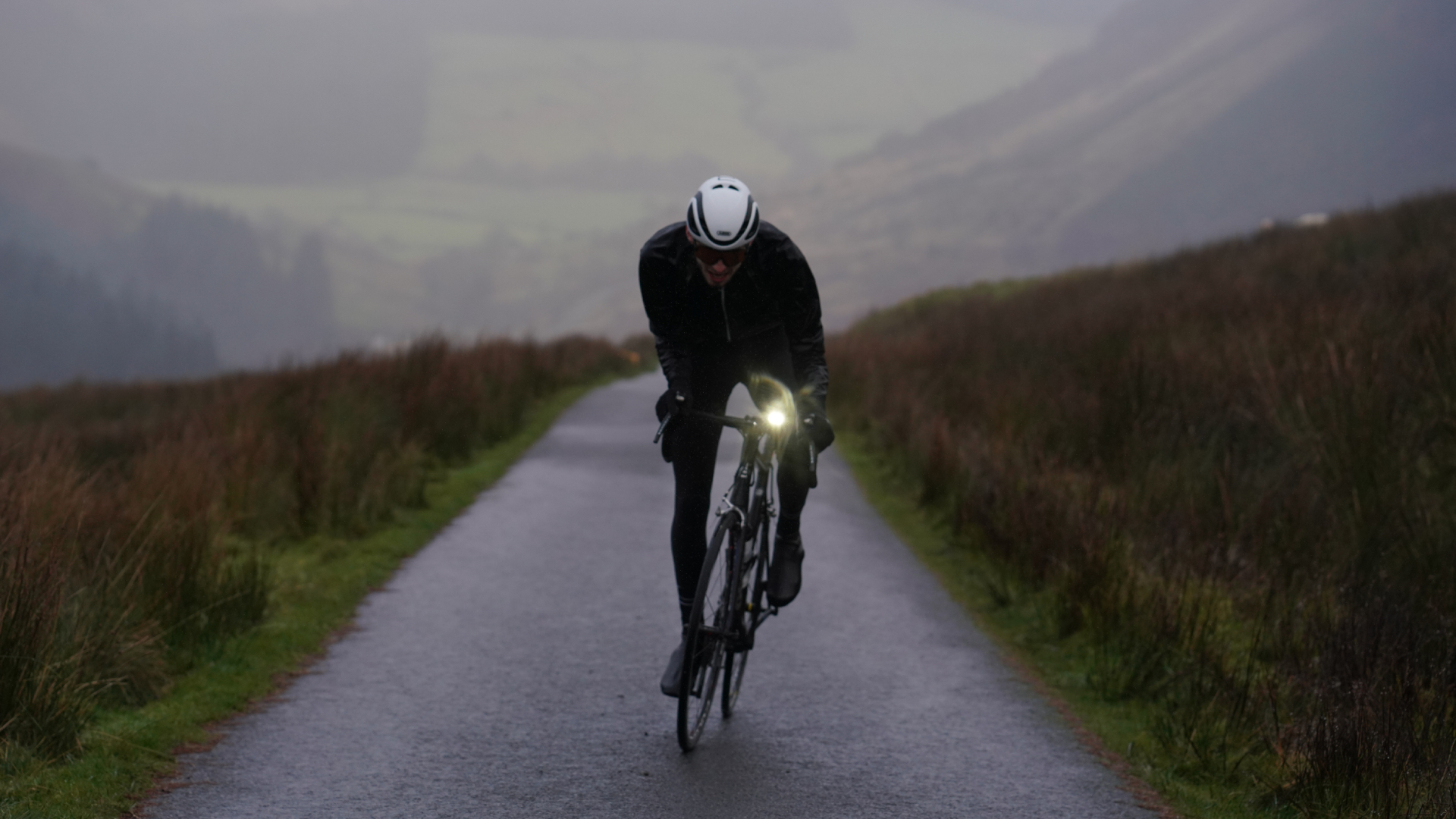Why a Good Bike Front Light is Essential for Safe Cycling
Cycling is a popular mode of transportation and recreation, but it can also be hazardous, especially when riding in low-light conditions. According to the National Highway Traffic Safety Administration (NHTSA), bicyclist fatalities occur most often between 6 pm and 9 pm, when visibility is reduced. A good bike front light is essential for safe cycling, as it provides visibility, helps prevent accidents, and ensures compliance with traffic laws.
A bike front light serves as a crucial safety feature, allowing cyclists to see the road ahead and be seen by motorists and other road users. A good light can help prevent accidents by illuminating potential hazards, such as potholes, debris, and pedestrians. Moreover, a bike front light can increase a cyclist’s visibility, reducing the risk of being struck by a vehicle.
In addition to safety benefits, a good bike front light can also enhance the overall cycling experience. With a reliable light, cyclists can ride with confidence, even in low-light conditions. This can be especially important for commuters who ride to work or school during early morning or evening hours.
When choosing the best bike front light, cyclists should consider factors such as brightness, beam pattern, battery life, and durability. A light with a high lumen output and a focused beam pattern can provide excellent visibility, while a light with a long battery life and durable construction can ensure reliability.
By investing in a good bike front light, cyclists can significantly improve their safety and visibility on the road. With the right light, cyclists can ride with confidence, even in low-light conditions, and enjoy a more enjoyable and safe cycling experience.
How to Choose the Best Bike Front Light for Your Needs
Choosing the best bike front light can be a daunting task, with numerous options available in the market. To make an informed decision, it’s essential to consider several factors that affect the performance and suitability of a bike front light. Here are some key considerations to help you select the best bike front light for your needs.
Brightness is a critical factor in a bike front light, as it determines the light’s ability to illuminate the road ahead. Look for a light with a high lumen output, typically above 500 lumens, to ensure sufficient brightness for riding in low-light conditions. Additionally, consider the beam pattern, as a focused beam can provide better visibility than a diffused beam.
Battery life is another crucial factor, as it affects the light’s reliability and convenience. Opt for a light with a long battery life, typically above 10 hours, to minimize the need for recharging. Some popular brands, such as Lezyne and Garmin, offer lights with extended battery life and convenient charging options.
Durability is also essential, as a bike front light is exposed to various environmental conditions, including rain, snow, and extreme temperatures. Look for a light with a rugged design, waterproof construction, and durable materials to ensure it can withstand the elements.
Other factors to consider include the light’s weight, size, and mounting options. A lightweight and compact design can make the light easier to install and remove, while a variety of mounting options can provide flexibility and convenience.
Some popular brands, such as Light & Motion, offer a range of bike front lights with innovative features and designs. For example, the Light & Motion Urban 650 offers a high lumen output, long battery life, and durable construction, making it an excellent choice for urban cyclists.
By considering these factors and evaluating different options, you can find the best bike front light for your needs and enjoy a safer, more enjoyable cycling experience.
Top Picks: Reviewing the Best Bike Front Lights on the Market
With numerous bike front lights available in the market, it can be challenging to choose the best one for your needs. To help you make an informed decision, we’ve reviewed and compared some of the top-rated bike front lights, including the Lezyne Strip Drive Pro, Garmin Varia, and Light & Motion Urban 650.
The Lezyne Strip Drive Pro is a high-end bike front light that offers exceptional brightness and visibility. With a lumen output of 1000 lumens, this light is ideal for riding in low-light conditions. It also features a compact design, USB rechargeability, and a battery life of up to 20 hours.
The Garmin Varia is another popular bike front light that offers advanced features and functionality. With a lumen output of 600 lumens, this light provides excellent visibility and is ideal for urban cycling. It also features a sleek design, USB rechargeability, and a battery life of up to 15 hours.
The Light & Motion Urban 650 is a versatile bike front light that offers a range of features and functionality. With a lumen output of 650 lumens, this light provides excellent visibility and is ideal for commuting and recreational cycling. It also features a compact design, USB rechargeability, and a battery life of up to 12 hours.
When comparing these bike front lights, it’s essential to consider factors such as brightness, beam pattern, battery life, and durability. The Lezyne Strip Drive Pro offers exceptional brightness and visibility, while the Garmin Varia provides advanced features and functionality. The Light & Motion Urban 650 offers a versatile design and excellent value for money.
Ultimately, the best bike front light for you will depend on your specific needs and preferences. By considering the features and functionality of these top-rated lights, you can make an informed decision and find the best bike front light for your riding style.
Understanding Bike Light Lumen Output: What You Need to Know
Lumen output is a critical factor in determining the brightness and visibility of a bike front light. But what exactly is lumen output, and how does it affect the performance of a bike light? In this section, we’ll delve into the world of lumen output and explore the different ranges and their suitability for various riding conditions.
Lumen output refers to the amount of light emitted by a light source, measured in lumens. In the context of bike lights, lumen output is a measure of the light’s brightness and ability to illuminate the road ahead. A higher lumen output generally means a brighter light, but it’s not the only factor to consider when choosing a bike light.
There are several lumen ranges to consider when choosing a bike light, each with its own strengths and weaknesses. Low-output lights (100-200 lumens) are suitable for casual, daytime riding and provide minimal visibility. Mid-output lights (200-500 lumens) offer better visibility and are suitable for commuting and recreational riding. High-output lights (500-1000 lumens) provide excellent visibility and are ideal for serious cyclists and those who ride in low-light conditions.
When choosing a bike light, it’s essential to consider the lumen output and how it will affect the light’s performance in different riding conditions. For example, a light with a high lumen output may be suitable for riding in low-light conditions, but may be too bright for daytime riding. Conversely, a light with a low lumen output may be suitable for casual riding, but may not provide enough visibility for serious cyclists.
Some popular bike lights, such as the Lezyne Strip Drive Pro and the Garmin Varia, offer adjustable lumen output, allowing riders to customize the light’s brightness to suit their riding conditions. This feature can be particularly useful for riders who need to adjust the light’s brightness on the fly.
In conclusion, understanding lumen output is crucial when choosing a bike light. By considering the different lumen ranges and their suitability for various riding conditions, riders can choose the best bike light for their needs and enjoy a safer, more enjoyable cycling experience.
Bike Light Mounting Options: Finding the Perfect Fit
Once you’ve chosen the best bike front light for your needs, it’s essential to consider the mounting options available. A good mounting system can ensure that your light is securely attached to your bike, providing optimal visibility and safety. In this section, we’ll explore the different mounting options available for bike front lights, including handlebar, helmet, and fork mounts.
Handlebar mounts are one of the most common mounting options for bike front lights. These mounts attach to the handlebar of your bike, providing a secure and stable platform for your light. Handlebar mounts are available in a range of styles, including clamp-on, screw-on, and adhesive mounts. When choosing a handlebar mount, consider the size and shape of your handlebar, as well as the weight and size of your light.
Helmet mounts are another popular option for bike front lights. These mounts attach to your helmet, providing a convenient and portable lighting solution. Helmet mounts are ideal for commuters and recreational riders who need to remove their light frequently. When choosing a helmet mount, consider the type of helmet you wear and the weight and size of your light.
Fork mounts are a less common but still effective mounting option for bike front lights. These mounts attach to the fork of your bike, providing a secure and stable platform for your light. Fork mounts are ideal for serious cyclists who need a high-powered light for long-distance riding. When choosing a fork mount, consider the type of fork on your bike and the weight and size of your light.
When choosing a mounting option, consider the pros and cons of each. Handlebar mounts are convenient and easy to install, but may not provide the same level of stability as a fork mount. Helmet mounts are portable and convenient, but may not provide the same level of visibility as a handlebar or fork mount. Fork mounts are secure and stable, but may require more installation time and effort.
Regardless of the mounting option you choose, make sure to follow the manufacturer’s instructions for installation and use. A good mounting system can ensure that your light is securely attached to your bike, providing optimal visibility and safety.
Additional Features to Consider: USB Rechargeability and More
When choosing the best bike front light, there are several additional features to consider that can enhance the overall cycling experience. In this section, we’ll explore some of the key features to look for, including USB rechargeability, battery life indicators, and side visibility.
USB rechargeability is a convenient feature that allows you to recharge your bike front light using a USB port. This feature is especially useful for commuters who need to recharge their light on the go. Look for lights with USB rechargeability, such as the Lezyne Strip Drive Pro and the Garmin Varia.
Battery life indicators are another useful feature to consider. These indicators provide a visual display of the light’s battery life, allowing you to plan your ride and avoid running out of battery. Look for lights with battery life indicators, such as the Light & Motion Urban 650.
Side visibility is also an important feature to consider. A light with good side visibility can help increase your visibility to other road users, reducing the risk of accidents. Look for lights with side visibility features, such as the Lezyne Strip Drive Pro and the Garmin Varia.
Other features to consider include flash modes, which can help increase your visibility to other road users, and adjustable beam patterns, which can help you customize the light’s output to suit your riding conditions.
When choosing a bike front light, consider the features that are most important to you and your riding style. By selecting a light with the right features, you can enhance your overall cycling experience and stay safe on the roads.
Staying Visible: Tips for Using Your Bike Front Light Effectively
Using a bike front light effectively is crucial for staying visible and safe on the roads. In this section, we’ll provide tips and best practices for using your bike front light to maximize your visibility and safety.
Adjusting the beam pattern is one of the most important things you can do to ensure your bike front light is effective. Most bike front lights have adjustable beam patterns, which allow you to customize the light’s output to suit your riding conditions. For example, a narrow beam pattern is ideal for riding on dark roads, while a wider beam pattern is better suited for riding in urban areas.
Using flash modes is another effective way to increase your visibility. Flash modes can help you stand out to other road users, especially in low-light conditions. Look for bike front lights with multiple flash modes, such as the Lezyne Strip Drive Pro and the Garmin Varia.
Maintaining the light’s battery life is also crucial for ensuring your bike front light is effective. Make sure to charge your light regularly and replace the batteries as needed. Some bike front lights, such as the Light & Motion Urban 650, have battery life indicators that can help you plan your ride and avoid running out of battery.
Finally, make sure to position your bike front light correctly. The light should be positioned at a 45-degree angle to the road, with the beam pointing downwards. This will help you avoid dazzling other road users and ensure your light is effective.
By following these tips and best practices, you can ensure your bike front light is effective and helps you stay visible and safe on the roads.
Conclusion: Finding the Best Bike Front Light for a Safer, More Enjoyable Ride
In conclusion, choosing the right bike front light is crucial for a safer and more enjoyable cycling experience. By considering factors such as brightness, beam pattern, battery life, and durability, you can find the best bike front light for your needs. Additionally, understanding lumen output, mounting options, and additional features such as USB rechargeability and side visibility can help you make an informed decision.
By following the tips and best practices outlined in this article, you can ensure that your bike front light is effective and helps you stay visible and safe on the roads. Whether you’re a serious cyclist or a casual rider, a good bike front light is an essential piece of equipment that can enhance your overall cycling experience.
Remember, the best bike front light is one that meets your specific needs and provides the right combination of brightness, visibility, and durability. By doing your research and choosing the right light, you can enjoy a safer and more enjoyable ride.









